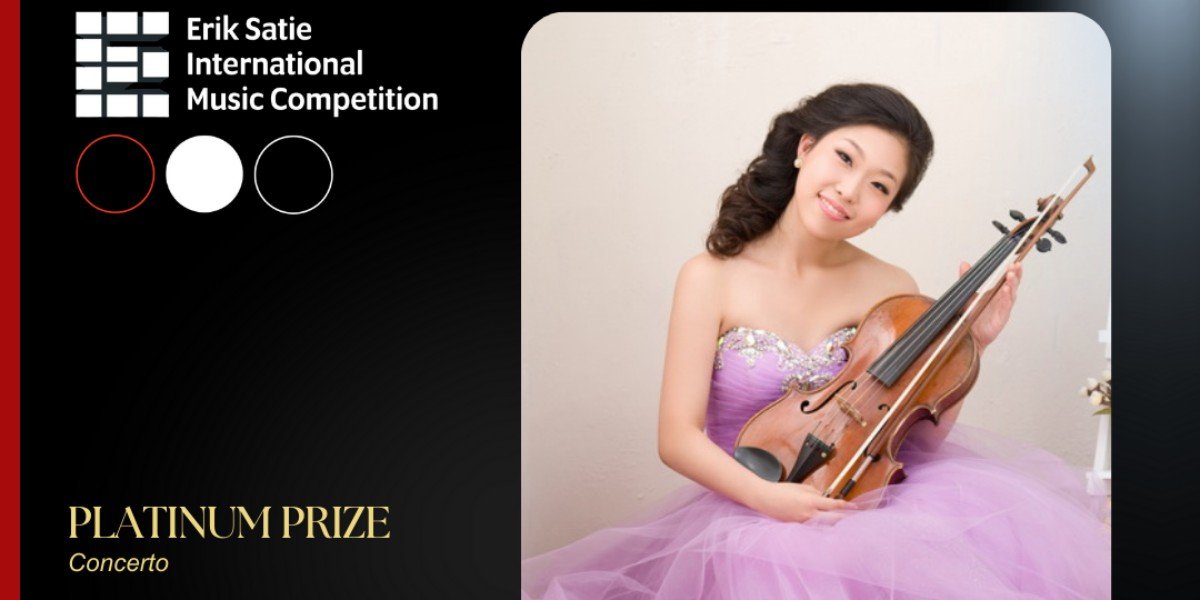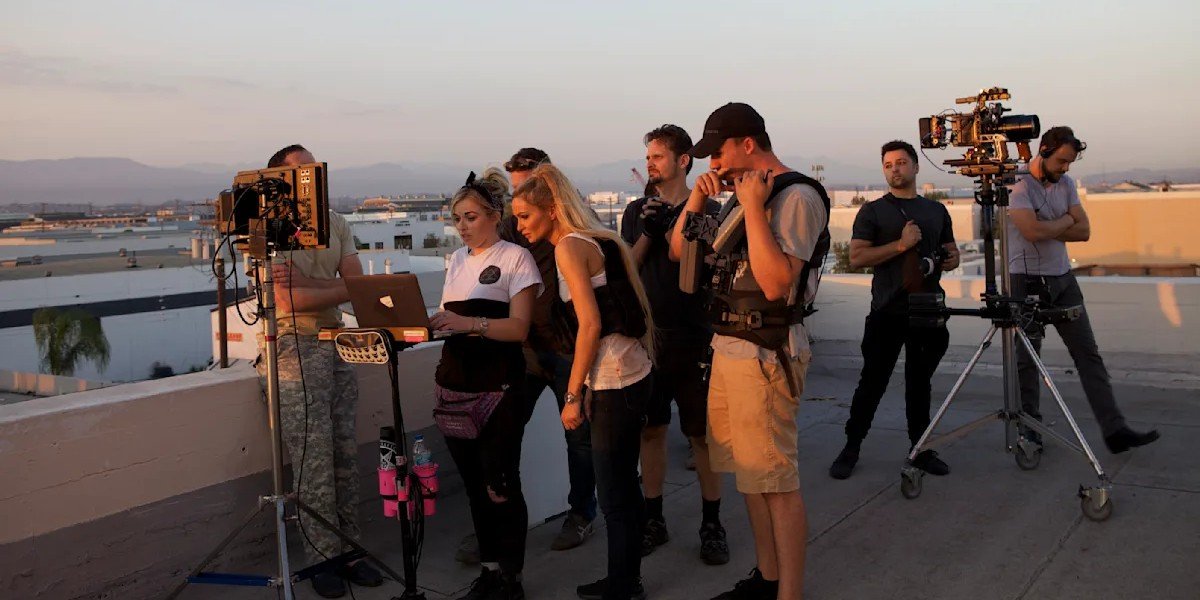Concerts are no longer just about music. They’re immersive experiences that extend beyond the stage — and merchandise has become a vital part of that story. For fans, world tour concert merchandise represents connection, loyalty, and a tangible piece of the artist’s journey. For artists, it offers a powerful channel for brand expansion, cultural relevance, and sustained revenue.
In a time when streaming dominates music consumption, physical products hold new meaning. A hoodie from a sold-out stadium show or a tote bag stamped with a tour logo becomes a symbol of memory, identity, and status. This emotional value is what drives fans to queue for hours before shows just to secure exclusive items — even when the music itself is already in their pocket.
Read Also: Uncovering the Masterpieces of the Louvre Museum’s Collections
How Has Concert Merchandise Evolved?
Concert merchandise has come a long way from basic screen-printed T-shirts and posters. What once served as a side business now reflects a sophisticated extension of an artist’s brand strategy. In recent years, artists have pushed boundaries with high-end fashion collaborations, pop-up shops, and collectible drops that rival streetwear culture.
Limited-edition runs, artist-curated aesthetics, and partnerships with designers have elevated tour merch to a new level. Some artists treat it as a fashion line, complete with seasonal collections, creative directors, and exclusive online drops. It’s no longer just a memento; it’s a wearable message that speaks to identity and allegiance.
This evolution mirrors how the music industry has adapted to shifts in consumer behavior. As record sales declined and digital platforms became dominant, merchandise emerged as a reliable revenue stream — but only if it’s done well.
What Drives the Demand for Tour Merchandise?
The emotional bond between artists and their audience fuels the demand. When fans buy merchandise, they aren’t just purchasing a shirt or a jacket — they’re buying into a shared experience. That shirt becomes a story they can wear. It represents where they were, how they felt, and who they were with.
Exclusivity plays a huge role. Fans know that certain items will only be available on tour, in specific cities, or for a limited time. Scarcity increases value. It creates urgency. This is especially true in a global tour context, where different cities may feature localized or region-specific designs.
Artists and their teams now build narratives around each item. Some pieces include references to specific lyrics, dates, or even moments from a live performance. This attention to storytelling makes the merchandise feel like part of the art — not just a commercial byproduct.
What Makes World Tour Merch Unique?
When artists go on world tours, the merchandise takes on international meaning. It becomes a reflection of cultural fusion, with design elements tailored to different audiences. For example, a Tokyo show might feature exclusive items inspired by Japanese pop culture, while a London show could include nods to UK streetwear.
This localized approach boosts fan engagement and encourages international fans to collect multiple pieces. It also shows respect for regional culture, reinforcing the global appeal of the artist.
World tour merchandise is often designed with more care and complexity than standard tour merch. Higher-quality materials, elevated design, and thematic cohesion across cities give the collection longevity — some fans wear their merch for years, not just weeks after the show.
How Do Artists Design and Market Tour Merch Today?
The process begins long before the tour starts. Artists collaborate with creative teams to conceptualize a look and feel that aligns with the tour’s visual identity. Typography, color palette, logos, and design motifs are mapped out in detail. In many cases, artists are directly involved in the creative process, ensuring the merchandise reflects their personal style.
Marketing begins before the first concert. Teasers drop on social media. Limited pre-orders may be offered to generate hype. Some artists create exclusive bundles tied to ticket purchases, offering fans early access or special designs.
Pop-up shops in major cities add another layer of buzz. These temporary stores often feature immersive branding, exclusive drops, and opportunities to experience the merchandise in a curated space. For fans unable to attend the concert, these shops become the next best thing.
What Role Does E-commerce Play in Tour Merchandising?
Not every fan can attend a concert — but everyone is online. E-commerce has become essential for tour merchandise, extending access beyond physical venues. Dedicated online stores often go live on tour dates, offering both show-exclusive items and global shipping options.
Artists can use online drops to release special items between shows, keeping the momentum going. Digital platforms also allow for direct feedback — artists and their teams can see which items are selling, which designs resonate, and where to allocate stock.
Limited-time availability and countdown timers are often used to build excitement. Live-streamed concerts now also feature integrated shopping experiences, allowing fans to purchase items in real time while watching the show from home.
How Does Tour Merch Build Long-Term Brand Value?
Merchandise is more than a souvenir — it’s brand extension. Over time, a well-executed merch strategy strengthens the artist’s visual identity and deepens fan loyalty. As fans wear and share their purchases, they become brand ambassadors, spreading the message organically.
A cohesive aesthetic across multiple tours helps build visual consistency. Think of how easily a symbol, font, or signature color can become recognizable across continents. Artists who maintain this consistency while still innovating their designs establish a strong merchandising legacy.
Merch sales also feed back into fan experiences. Revenue supports tour production, visuals, and even charitable efforts. Some artists use their merch platforms to promote causes, sustainability, or independent designers — turning what was once a side business into a force for purpose-driven branding.
What Challenges Do Artists Face with Global Merchandising?
Managing world tour merchandise isn’t without complexity. Artists and teams must navigate production schedules, international shipping regulations, customs, and regional pricing structures. Logistics become more complicated with every added city or exclusive item.
There’s also the risk of counterfeit products. Popular designs are quickly replicated and sold online, undercutting both sales and brand control. Artists now partner with platforms and use verification technology to ensure fans are buying official products.
Sizing and material preferences can also vary by region, requiring thoughtful planning and audience research. A shirt that fits well in one country may not in another. Adapting designs without compromising quality is part of the ongoing balancing act.
Read Also: The History of Broadway: Landmark Productions That Defined the Stage
Why Tour Merch Is More Than Just Business
For many fans, buying world tour concert merchandise is about more than fashion or memorabilia. It’s about identity, belonging, and celebration. Wearing that hoodie or displaying that signed vinyl feels personal. It’s a way to carry a moment into everyday life.
For artists, it’s a way to stay with their audience long after the last song. A successful merch collection lives on — worn in photos, posted online, or passed down to new fans. It’s proof that the experience mattered.















